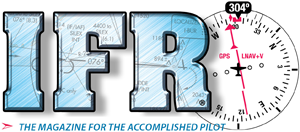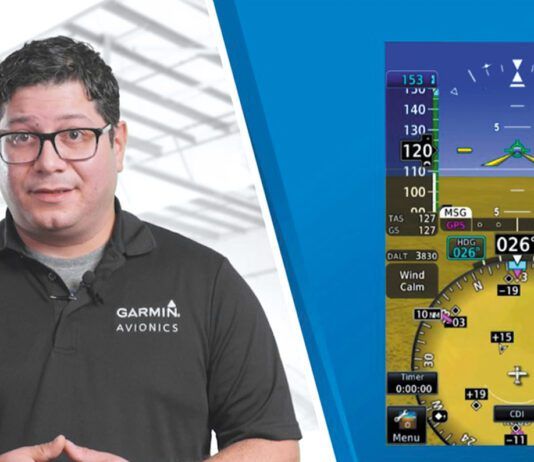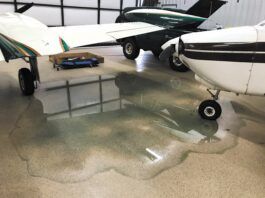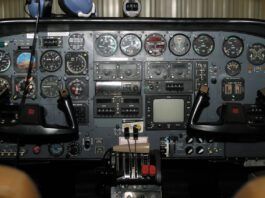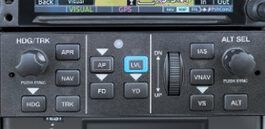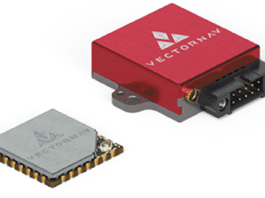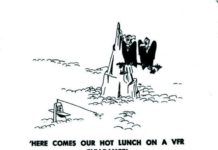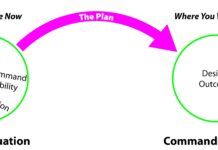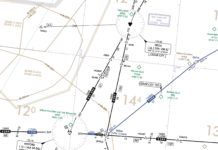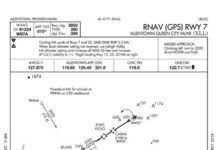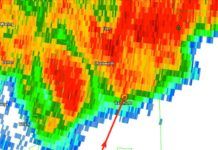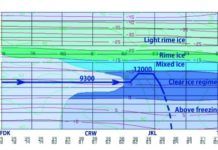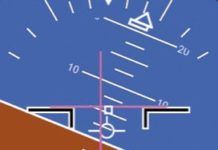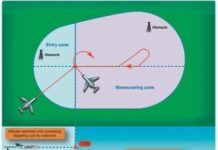On The Air: September 2018
I had this exchange on a flight back to a rural Arkansas airport from Florida. I usually fly IFR even in VFR conditions. I was at 6000 feet, with a broken layer below me. I usually cancel about 20 miles in advance, as Memphis Center cannot see me on radar, or communicate with me once I descend below 3000 feet.
Master and Commander
An approach to safety of dont have an accident and always effectively weight risks doesnt work because we dont take actions we think will cause accidents. Tom Turner recently presented a Wings seminar, Stop Teaching About Safety, covering this. Safetys an integral outcome, not a separate goal. Instead, he suggested approaching flying as its master and commander: The result will be safety. While being master and commander will work for all pilots, the instrument environment presents unique challenges to achieving that goal.
Poor Boy Over Richfield
Richfield was forecast to be overcast 2000 or better all day, so you didnt file an alternate and didnt carry alternate fuel. So thats the situation: 12,700 MSL at EBOVE, no GPS, no DME. Even turn off GPS location on your iPad if you have that. (In ForeFlight, this is in settings, scroll to the bottom, and set Enable Ownship to Never.) Give yourself 45 minutes of fuel at normal cruise. No one said you were good at planning.
Pilots vs. Controllers
When average Americans wake up and go to work every day, they expect to see mostly the same faces, same routine, the same stuff-like the expression same stuff, different day suggests. When pilots and air traffic controllers go to work, its often the same coworkers in the room or cockpit, but we both work with people on a daily basis that we have most likely never met. In fact, the chance that a center controller has met a pilot that they talk to on the radio is miniscule. Tower and TRACON controllers might have a somewhat higher chance.
Its Raining Regs
The day starts in Mansfield, Ohio by stuffing your Piper Arrow to its max gross weight. The plan is to stop for fuel at Queen City Municipal in Allentown, Pennsylvania on the way to Massachusetts. You load three other people, bags and as much fuel as weight permits-25 gallons. Meticulous flight planning shows 1.7 hours to get to KXLL, burning 9.2 gph. This leaves one hour of reserve, slightly buffering the legal minimum 45-minutes of 91.167(a)(3). And, youve diligently followed 91.103 as far as knowing all available information for the flight, including weather, runways and some backup airports should you need to stop en route.
Weather Accidents #7
Flying brings pilots into all kinds of unexpected meteorological hazards. Normally we present you with introductory articles about these topics so you can understand what they are, where they occur, and how they work. But sometimes presenting an actual case study from NTSB reports really drives the point home. We see the hazard vividly from the perspective of those who faced this same sort of trouble. We can see actual data reconstructed from that day, challenging us to ask questions for, hopefully, a safer outcome for ourselves.
On The Air: August 2018
At my home field in Farmindale, NY, (KFRG), one Sunday I was entering the pattern after a long trip. A student soloing in a Cessna 172 was in the pattern doing touch-and-goes. I heard the following exchange.Republic Tower: Cessna Two Six Seven Three Bravo, cleared for touch and go. Make right traffic and report the downwind.
Readback: August 2018
Thank you for a great publication. It really helps knock some rust off. My question is for Tim Vasquez: Where did you get that chart shown on page 22 of the April issue?As a SPIFR EMS helicopter pilot, icing is my Achilles heel. Not only do I have the same problems as the fixed wing community-weight, reduction of lift etc.-but I also have asymmetric shedding that will tear the aircraft apart rather quickly. Also, as an EMS aircraft, my flights are not very long so I never get above about 3 to 4000 feet.
Autopilot Basics
As you enter a bank, the attitude indicator shows it immediately, but it takes a moment for a turn to show on the turn gyro. Try it. You dont even have to look at the instruments. Sharply roll into, say, about a 30-degree bank. Your nose is most likely still pointing in the same direction it was before the roll. Then, the plane starts to turn. This is why its more difficult to maintain a heading on instruments without an attitude gyro, just using the turn gyro.
Personal Minimums
Perhaps its my airline background, or perhaps Im just arrogant. But I would never think of planning an IFR flight unless I felt proficient enough to fly any reasonable approach all the way to published minimums. Sure, something might happen on the day of the flight or even on the way that might cause me to increase the margins a bit-and recognizing and reacting to that is a good thing-but planning to fly and simply excusing a lack of proficiency by increasing minimums seems to miss the point.
Briefing: July 2018
In June, the FAA put on hold its flight testing for the Piston Aviation Fuels Initiative (PAFI) unleaded 100LL replacement fuels program. The FAA said it would assess issues related to the differences between the two PAFI fuels and 100LL. Both fuel producers, Shell and Swift, are currently evaluating options to mitigate the impacts that these differences will present in fuel production, distribution, and operation in the GA fleet, said the FAA. The FAA also said it will also assess alternative fuels developed outside the PAFI program. Meanwhile, General Aviation Modifications Inc. (GAMI) said its close to completing testing on its own 100-octane unleaded fuel. GAMI sidestepped PAFI in favor of a more streamlined STC approval process.
Fly the Hook
Establish yourself on the reciprocal of the ILS localizer course, 351 degrees, and fly outbound on the localizer. Since youre outbound on the front course, remember to correct away from the needle on the localizer. (See, Reverse Sensing and Reverse Sensing-HSI in the June and July 2016 issues.) Two minutes is usual. Then turn to the outbound procedure turn heading of 036 degrees. The Instrument Flying Handbook specifies flying that heading for 40 seconds, although many of us were taught to fly it for a full minute. Either is fine so long as you remain inside the limit. Then, make a standard-rate left turn to 216 degrees and join the 171-degree localizer.
